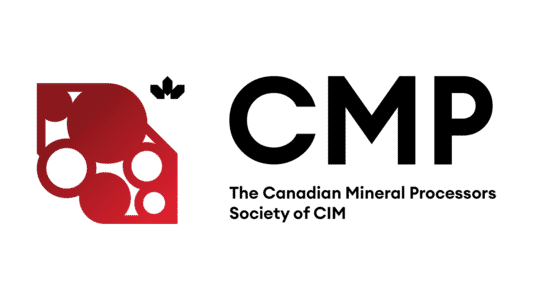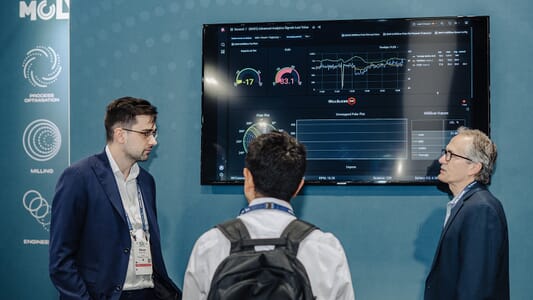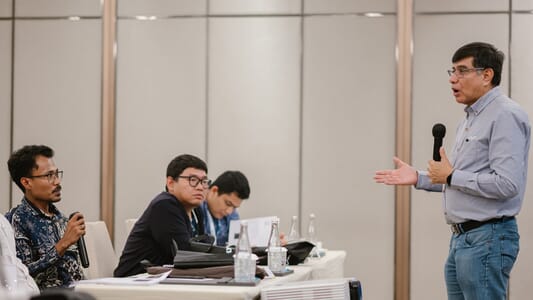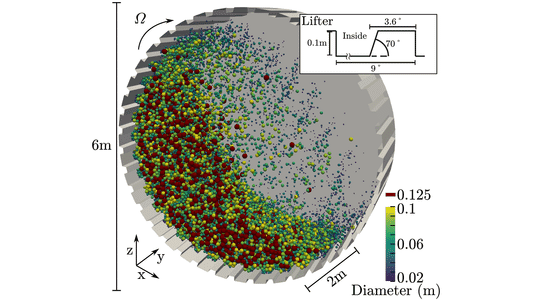Molycop’s partnership with Queen Mary University of London (QMUL) is delivering early breakthroughs in alloy design for grinding media, blending advanced computational modelling with real-world manufacturing to drive performance and sustainability in mining.
Key Facts
- A visit to Australia by Associate Professor Chinnapat Panwisawas enabled deeper collaboration with Molycop’s innovation and manufacturing teams, aligning academic discovery with industry needs.
- Molycop and QMUL's joint research project, led by Professor Harry Bhadeshia and Dr Panwisawas, focuses on improving martensitic steel grinding media through advanced digital simulations.
- A mathematical model has now been developed and will be validated by Molycop metallurgists around the world as the next phase of the project.
As part of the collaboration, Molycop recently caught up with Assocate Professor Chinnapat Panwisawas during his visit to Australia for a global materials conference. Dr Panwisawas, a key figure in the research program and an expert in advanced computational modelling, set aside time during his trip to share insights on the project’s direction and momentum.
 Dr Chinnapat Panwisawas with Molycop's Dr Paul Shelley.
Dr Chinnapat Panwisawas with Molycop's Dr Paul Shelley.
Combining theory with practice
“This partnership is a rare opportunity to align academic discovery with industry need,” Dr Panwisawast said. “By using digital modelling to simulate how alloys behave under real operating conditions, we can move from trial-and-error to purposeful design – and that’s where real transformation happens.”Led by Professor Harry Bhadeshia, one of the world’s most respected metallurgists, and supported by Dr Panwisawas’s modelling expertise, the joint research project is focused on unlocking performance and sustainability improvements in martensitic steel grinding media.
A mathematical model has now been developed and will be validated by Molycop metallurgists around the world as the next phase of the project.
Dr Panwisawas’s visit allows for a deeper exchange of ideas with Molycop’s innovation and manufacturing teams, reinforcing the partnership’s goal to bridge theoretical science with on-the-ground application.
“Collaborating with Molycop gives us a platform to apply world-class research in a way that directly benefits the mining industry,” Dr Panwisawas said. “The level of technical engagement from the Molycop team has been outstanding – it’s a true two-way collaboration.”
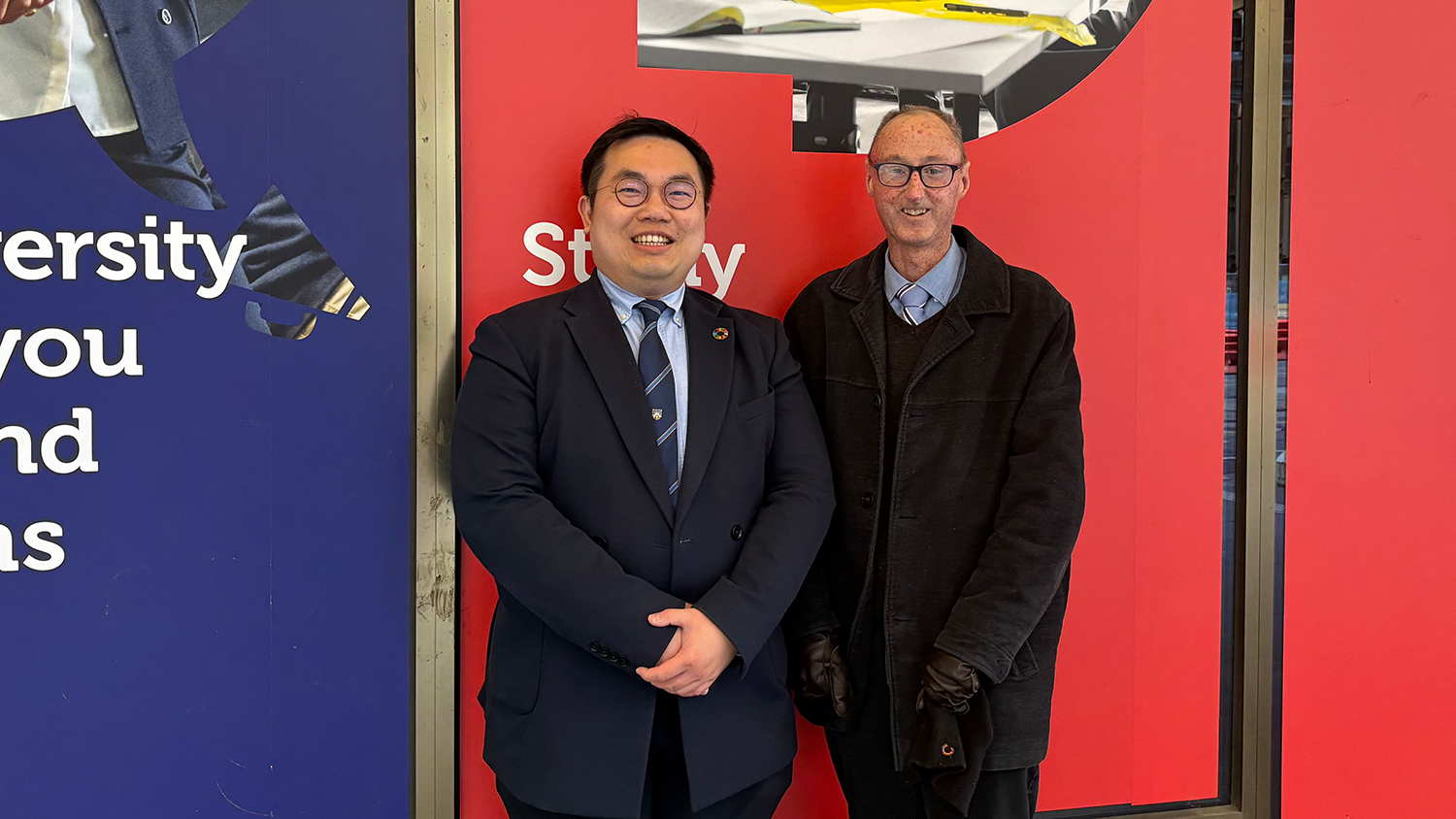 Accelerating product innovation
Accelerating product innovation
According to Dr Paul Shelley, Molycop’s Global VP of Innovation, the project has already hit important research milestones.“We’re seeing strong early signals from the simulations and lab work,” Dr Shelley said. “It’s validating our belief that combining digital capability with deep materials science can accelerate the pace of product innovation.
“Having Dr Panwisawas on the ground here in Australia was a fantastic opportunity to align on research priorities and explore future phases of the project. It’s this kind of global collaboration that keeps Molycop at the forefront of our industry.”
The partnership with QMUL is just one of several global research initiatives Molycop has invested in to advance knowledge, support product development and deliver stronger outcomes for mining customers.
As the work continues, Molycop remains committed to sharing high-level insights from the partnership and reinforcing the role of research in shaping the industry's future.
